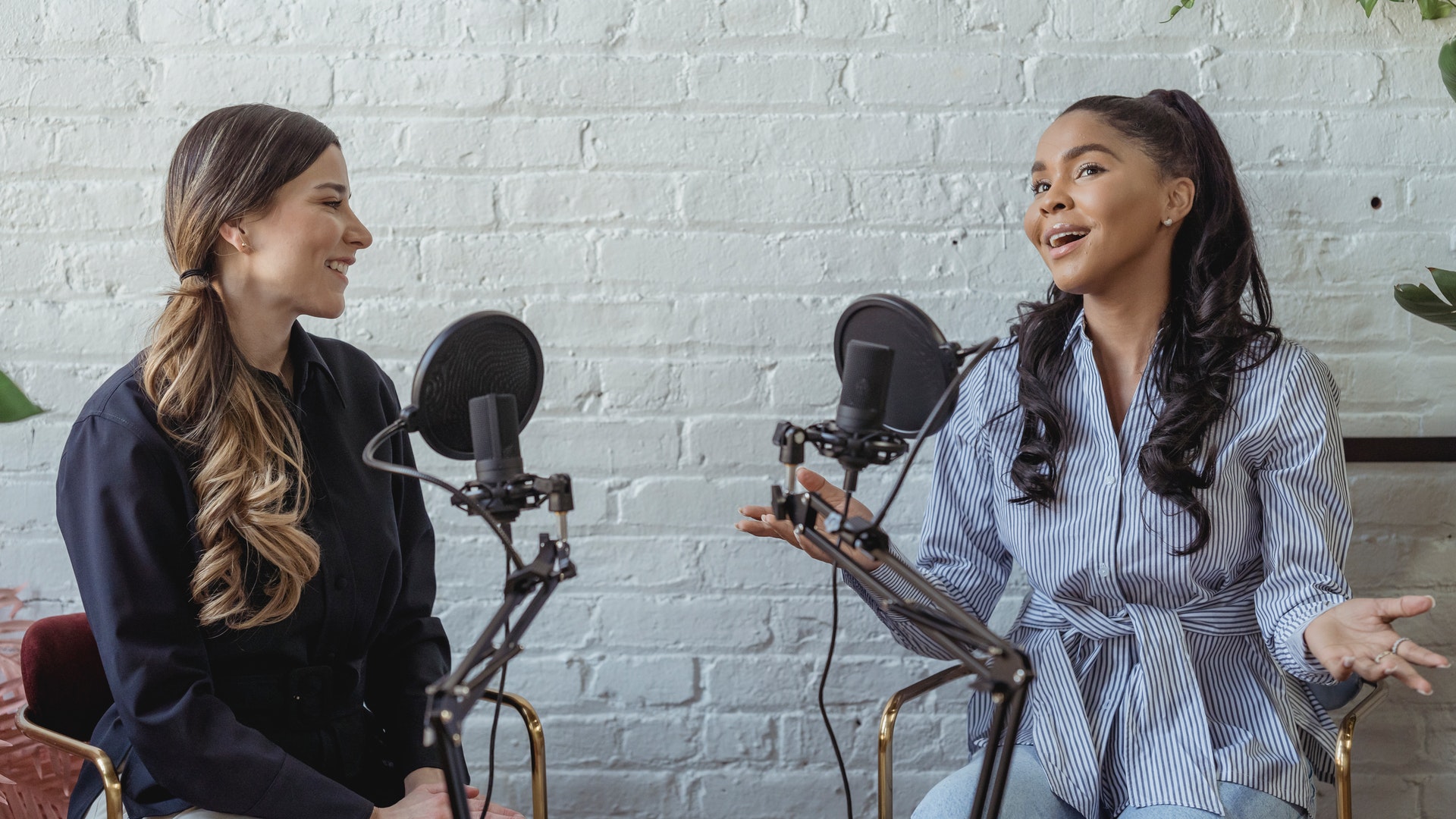It is well-documented that new content options like podcasts have been appealing to consumers throughout the pandemic and are still gaining mainstream popularity. This is due to the growing number of podcast listeners, both in multicultural and older age groups.
Light podcast listeners make up almost half of all podcast listeners today (49%) and data from Nielsen Podcast Buying Power (which provides insight into who listens to podcasts) shows that podcast reach is increasing across all age groups. This includes adults aged 40-55 who now account almost half (47%) the overall listeners. Brands and agencies should be monitoring engagement with podcasts and leveraging them in their marketing strategies.
The pandemic did not have a negative effect on overall podcast engagement. The growth rate dropped last year when shelter-in-place restrictions were in effect. However, it rebounded later in the year, and has been steadily increasing since then. A significant shift has occurred in podcast listening habits and podcast audience. This is in contrast to five years ago when most podcast listeners were not aware of where they listen, or how often. Today, half of podcast listening takes place at home. This is a 10 percent increase over three years ago.
Podcast advertising - particularly when read by the host - drives stronger brand recall rates than more traditional forms of advertisements. Nielsen's Podcast Ad Effectiveness, (PAE), solutions found that podcast advertising has a 71% brand recall rate, which in turn creates high levels consumer interest, purchase intent, and recommendation intent.
Consumers are more likely to click on longer ads (60 seconds or more) if they have a higher expectation. Longer ads can be 70% more effective than shorter ads when it comes to consumers seeking out more information about a brand. Both the lift scores for recommendation intent and purchase intent are 40% higher with longer ads than those with shorter messages. A longer ad generates more engagement and drives brand recall. Nearly three quarters of listeners could recall the brand after hearing a longer advertisement.
Podcasting has been a hot topic for many years. Last year, however, there were a number of mergers and acquisitions that took place amid the chaos of the global pandemic. This consolidation shows solves many of the problems advertisers had to face in the past: managing a diverse array of delivery channels and platforms, which posed many questions about scaleability. These questions can be answered easily, thanks to the abundance of information about who is listening and how engaged they feel.
Despite the fact that the pandemic was a major digital adoption catalyst for the masses, many consumers were already looking into on-demand options long before media became a necessity in their homes during most of 2020. The incredible growth in podcast engagement over these past seven to eight years, even during much of last year, speaks to the fact that consumers are increasingly looking for two things: something both relevant and convenient to them.
Advertisers continue to tap into this growing medium to reach listeners, in conjunction with a 40% increase of Americans listening to podcasts in the last three years. eMarketer predicted that podcast ad revenues would surpass $2 billion by 2023, which would be nearly $1 billion growth in two years. Brands should also be aware of the growing listener base, which includes 88 million episodes and 2 million titles.
The number of female podcast listeners has increased 76% since 2018. Even more remarkable, given that audio engagement is often associated to being away from home, is the 41% increase in podcast listeners since the outbreak. Podcast engagement is also growing rapidly. A Nielsen survey revealed that 61% paid streaming audio subscribers intend to increase their podcast listening over the next 12 month.
Podcast listening is now more common than ever since podcasts were first introduced to the media mix. This means that half of podcast listeners are light podcast listeners. They listen anywhere from once to three times per month. This clearly shows that podcasts appeal more to a wider audience than they do to a specific niche audience. However, advertisers understand that more listeners means more opportunities to reach them. This is where women should be given a lot of attention:
- 73% of female listeners are able to recall the brand after exposure
- Podcast content is interesting to 54% of female listeners
In contrast to the early days podcasts, advertisers are less concerned about the various delivery platforms and mechanisms. Today's questions are primarily about where to invest, particularly as the landscape becomes more complex. However, the answers to these questions should directly relate to who is listening and how engaged they have been with what they're hearing.
Sources:
DIGITAL TRENDS
Digital trends that will impact your business
We monitor latest digital trends and assess their value for your online business.
